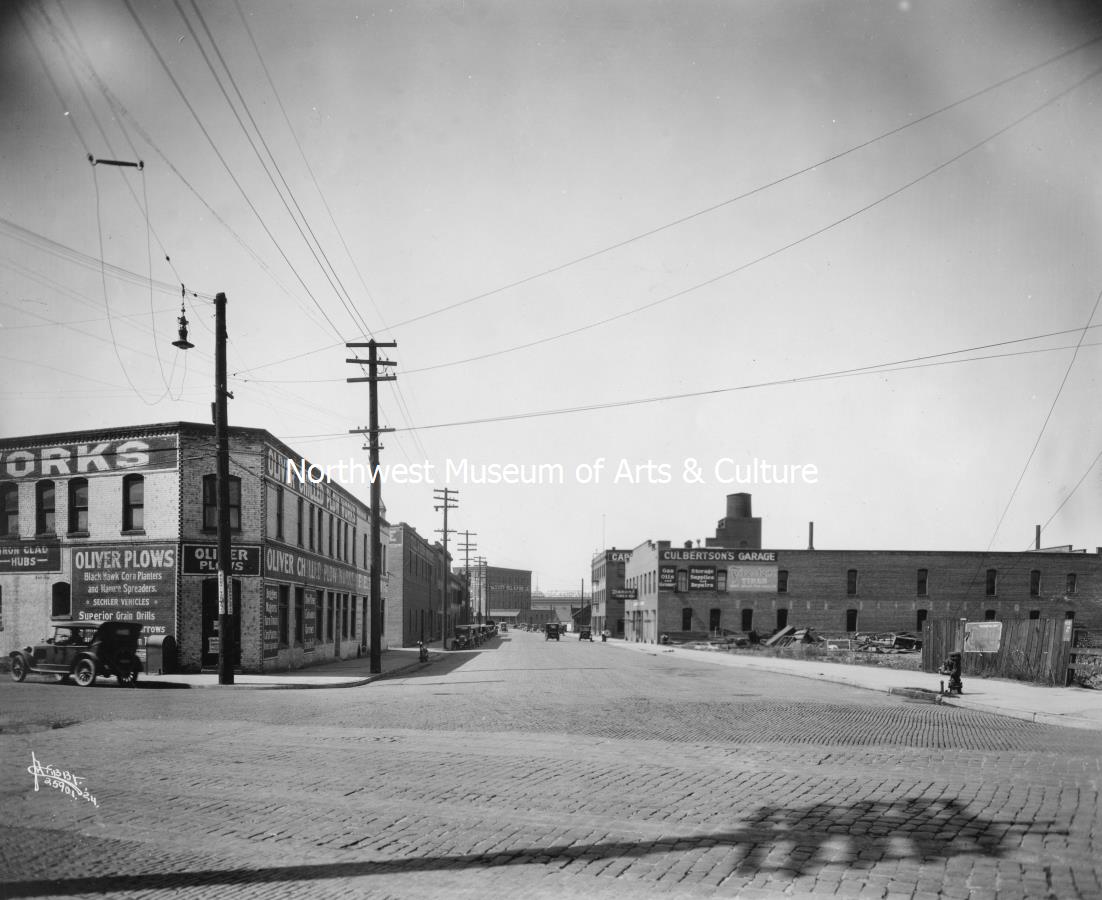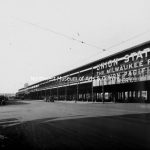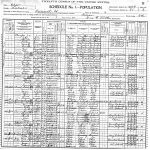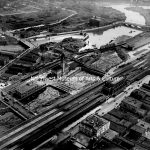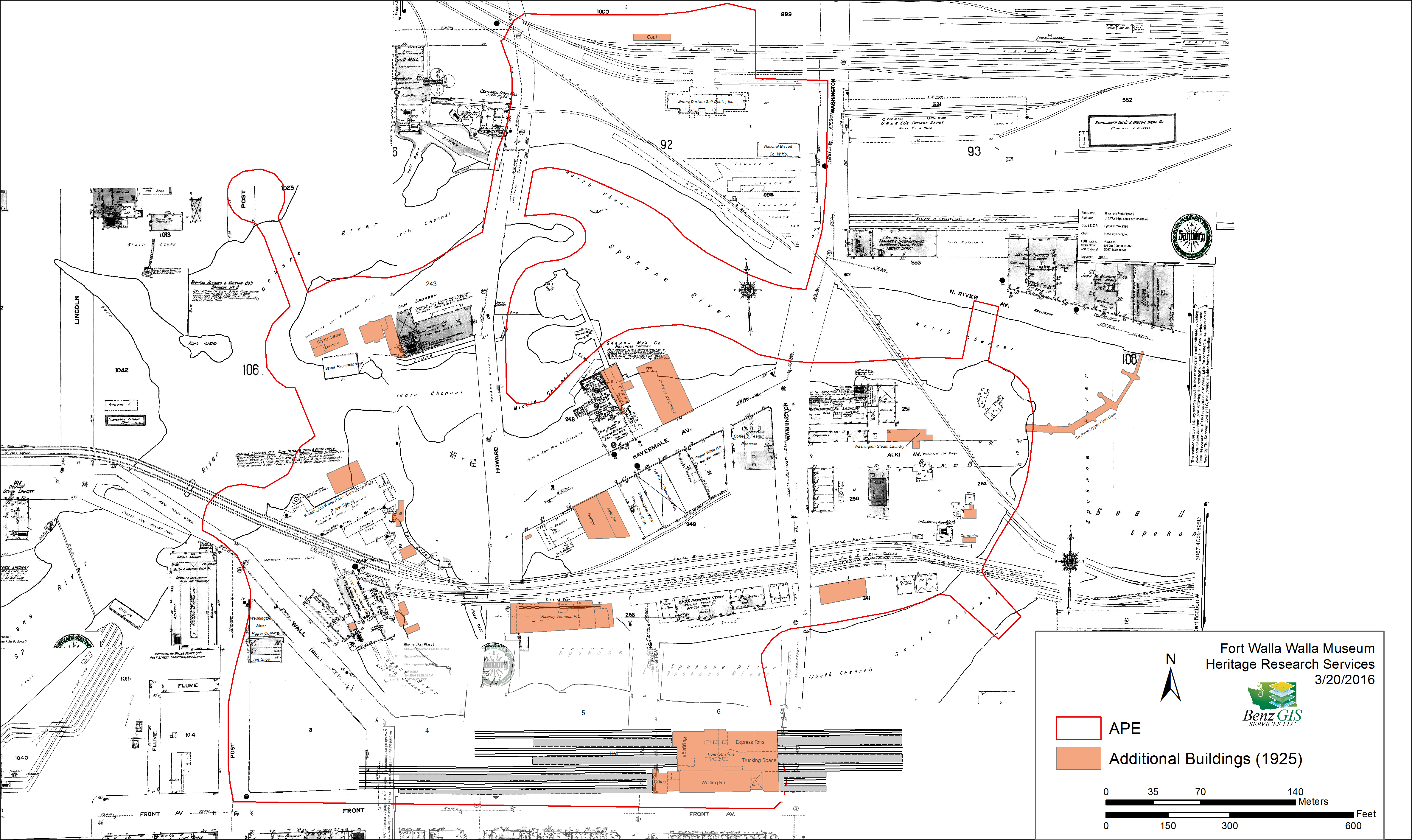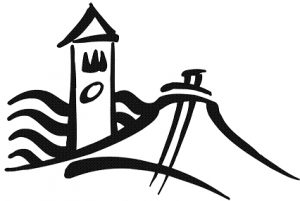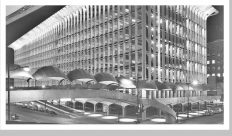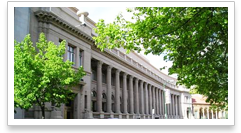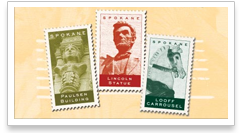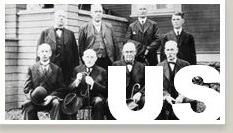The 1920s: A Center of Industry
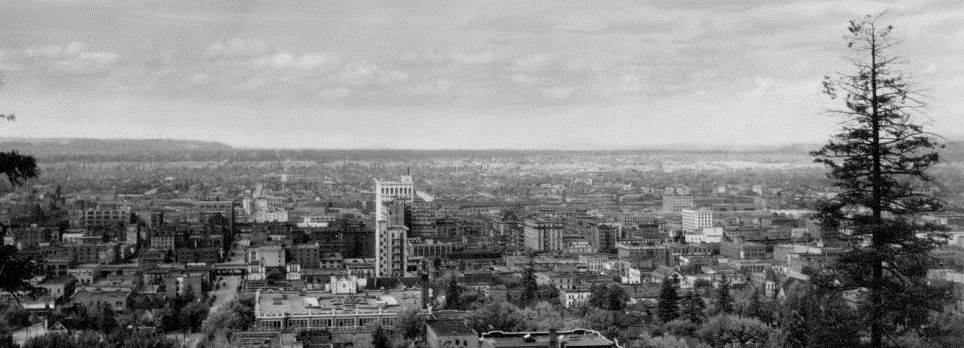 Looking North from South Hill, 1925 [Northwest Room Archive]
Looking North from South Hill, 1925 [Northwest Room Archive]
The new Union Passenger Depot and elevated track that accompanied it had taken over almost all of the southern blocks between the river front and Front Street, significantly decreasing the space for residential properties. The number of people living in the area declined quickly with less than 100 people listed on 1920 Federal Census. The majority of people left were living on Havermale Island at one of the two hotels that remained, the A & A Hotel or the Big Island Hotel.
Interestingly, resident demographics had changed rapidly as well. The trend of the previous decade of more families living in the area did not hold. By 1920 only one family resided on Havermale Island, a young Serbian couple—Nick and Anne Chicka with their two small sons and two male Serbian lodgers. In the previous decades, most people living in the project area were recent immigrants to the United States. But by 1920, only around 35% of residents came from outside the U.S. making the majority of the small population American born. The large community of Chinese and Japanese, once an integral part of the area, had relocated completely by this time. The diverse International District lost much of its life force and had disappeared from the area by the 1920s. The immigrants that still lived in the area were typically from European locations, including Germany, Austria and Scandinavia.
The increasing amount of land dedicated to railroad depots and tracks reduced the opportunities for small commercial business to operate in the area. The addition of the Spokane Mail Railway Terminal just west of the Great Northern Passenger Depot furthered this problem by occupying even more land for rail transport purposes. Despite the difficulties surrounding the amount of space, one new business in the area, a jewelry store run by Wills & Talbot, was located near the Union Station Depot. Another business, a company for servicing freight cars, took over a vacated furniture store on Post Street. There was an upturn in warehouses and factories in the project area during this time period. Additions to the area include Culbertson’s Garage located on Havermale Avenue, and. F. E. Miller’s brush manufacturing factory which operated across the street.
